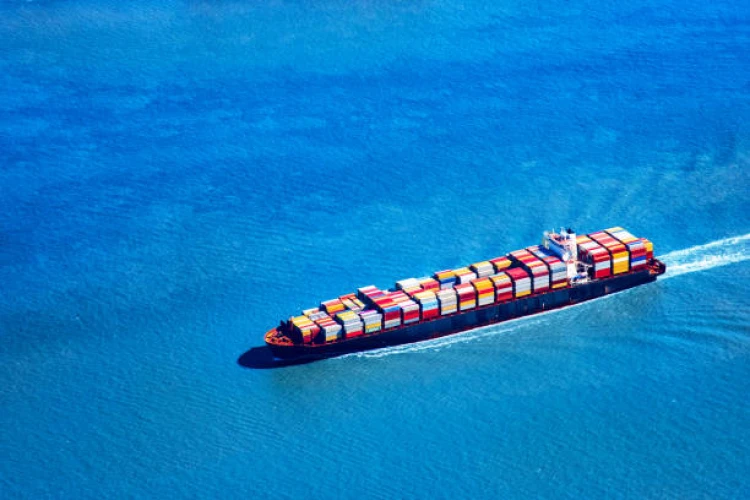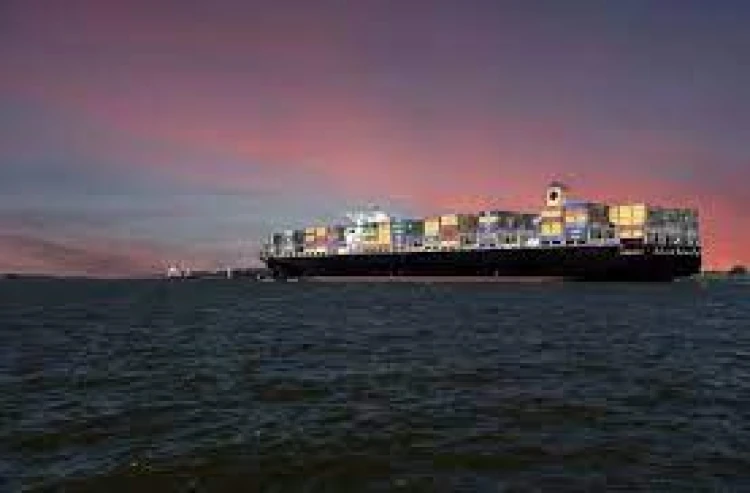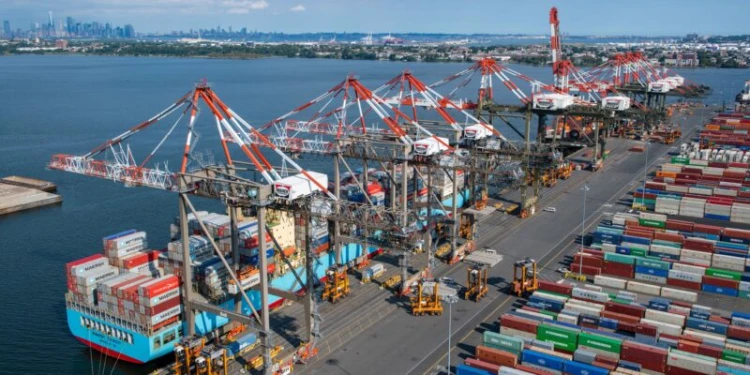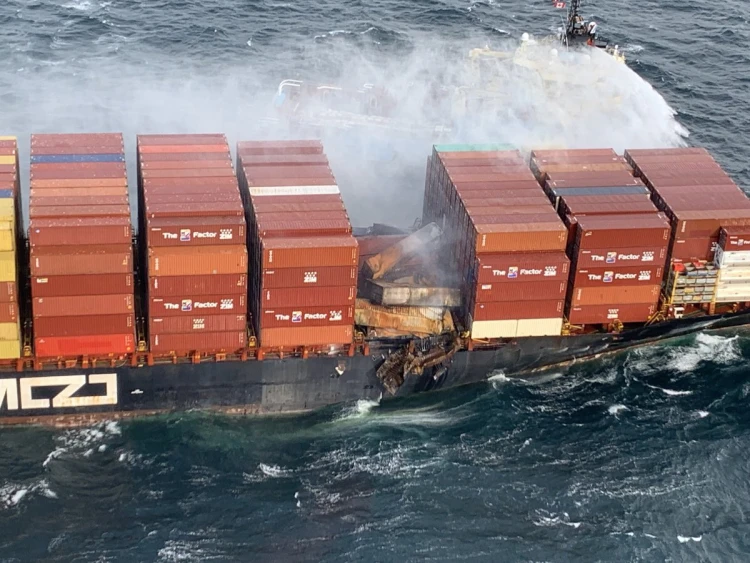Logistics groups seek Asian bases to help clients offshore from China
Saturday, 20 January 2024

The world’s largest shipping and logistics groups are locked in an increasingly intense rush to buy facilities in Asia in a bid to help their customers expand supply chains beyond China.
Competition for assets has been fuelled by cash reserves that freight groups worldwide built up when disruption and increased ecommerce spending boosted demand for logistics services during the Covid-19 pandemic.
Businesses including German container carrier Hapag-Lloyd and Denmark-based AP Møller-Maersk have invested in ports, warehouses and other logistics infrastructure. The facilities support the increasingly complex supply chains developing between countries including Vietnam, India and Malaysia.
Dheeraj Bhatia, who oversees Hapag-Lloyd’s business in India, said competition to invest in these markets was increasing as they attract more of the offshore manufacturing that previously focused on China.
“The whole world sees India and south-east Asia as the next natural option to offshore,” Bhatia said. “Middle Eastern, Chinese, European . . . companies from all sides will try to invest into these markets.”
Executives said they were responding to western multinationals’ desire to reduce their reliance on China and establish back-up production lines. The trend was inspired by geopolitical rifts and disruptions during the pandemic.
But the executives warned that alternative manufacturing hubs across south and south-east Asia needed substantial investments.
Hapag-Lloyd, which enjoyed a 40-fold earnings increase between 2019 and 2022, announced in April that it had acquired a 40 per cent stake in Indian port operator JM Baxi. Bhatia said the group was considering further investments in Indian ports and rail infrastructure.
MORE NEWS : MSC Partners with Valencia to Expand Med’s Busiest Container Port
“The port infrastructure on the west coast especially is reaching its limits,” Bhatia said.
Meanwhile, Maersk last year completed a $3.6bn acquisition of Hong Kong-based LF Logistics and its 198 warehouses across Asia. The Danish group also this year set out plans to develop two new berths at Vietnam’s Lach Huyen port along with the local Hateco group.
Anne-Sophie Zerlang Karlsen, Maersk’s head of customer delivery in the Asia Pacific, stressed the importance of expanding and investing across south-east Asia as intraregional trade continues to rise. It was “very viable” the region would experience “very rapid and high growth” for a number of years, she said.
China continues to enjoy a substantial lead in the capacity of its freight infrastructure. Research group Drewry found earlier this year that China had 76 container terminals able to support large ships carrying more than 14,000 20-foot containers, the size most often used on trade routes between Asia and both Europe and North America. South and south-east Asian countries had just 31 between them.
Drewry researchers nevertheless expect the container capacity of south Asian ports to increase 31 per cent in the five years to 2027, compared with 14 per cent for ports globally.
Such expansion is underpinned by sharp increases in goods traffic from Asian countries other than China. Eric Reuter, Asia Pacific vice-president at Forto, said the Berlin-based freight forwarder had doubled the volume of exports it handled from Vietnam between 2021 and 2022.
There are also projections of rapid growth of trade between Asian economies. UPS, the US-based logistics company, expects that trade within the continent will more than double in the decade to 2030, to $13.5tn. The US logistics group’s Asia Pacific president, Michelle Ho, said intra-Asia trade held “incredible potential”.
Among the growing trade’s beneficiaries has been Singapore. Onno Boots, chief executive for Asia-Pacific and Middle East at logistics group Geodis, part of France’s state-owned SNCF, said a number of manufacturers were moving their Asia-Pacific distribution centres to the city-state.
But he added that many of Singapore’s warehouses were at full capacity.
Swiss logistics company Kuehne+Nagel moved its regional headquarters from China to Singapore before completing its $1.3bn acquisition of Hong Kong-based Apex Logistics in 2021, according to Joerg Wolle, the company’s chair. The step was a bet on growing south-east Asian trade.
“Asia will be the biggest growth opportunity for us,” Wolle said. “The trend to [securing supply chains] is very positive.”
Businesses from China are also seeking a role in the changing environment. Reuter pointed out that many new factories in Vietnam were managed by Chinese investors.
Meanwhile, Michael Fitzgerald, deputy chief financial officer of Orient Overseas Container Line, part of China’s state-owned Cosco shipping group, said efforts by companies to reduce their dependence on China were an opportunity for his company.
“If I can help a company that manufactures some things in this part of China, some things in that part of China, some things in Thailand, then that’s more logistics management for me,” he said, speaking earlier this year.
Source : www.ft.com

06 January 2025
Hurricane Beryl trims cargo volumes in Houston and New Orleans

25 January 2025
Container freight rates tumble

08 February 2025

